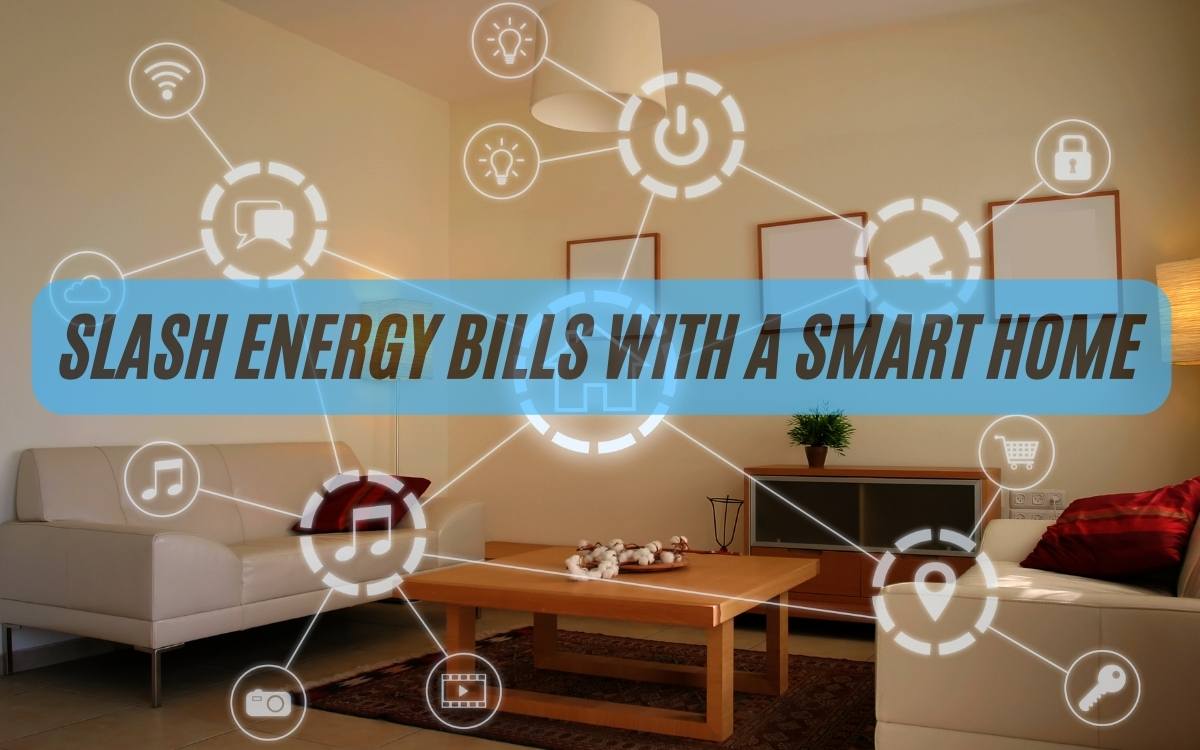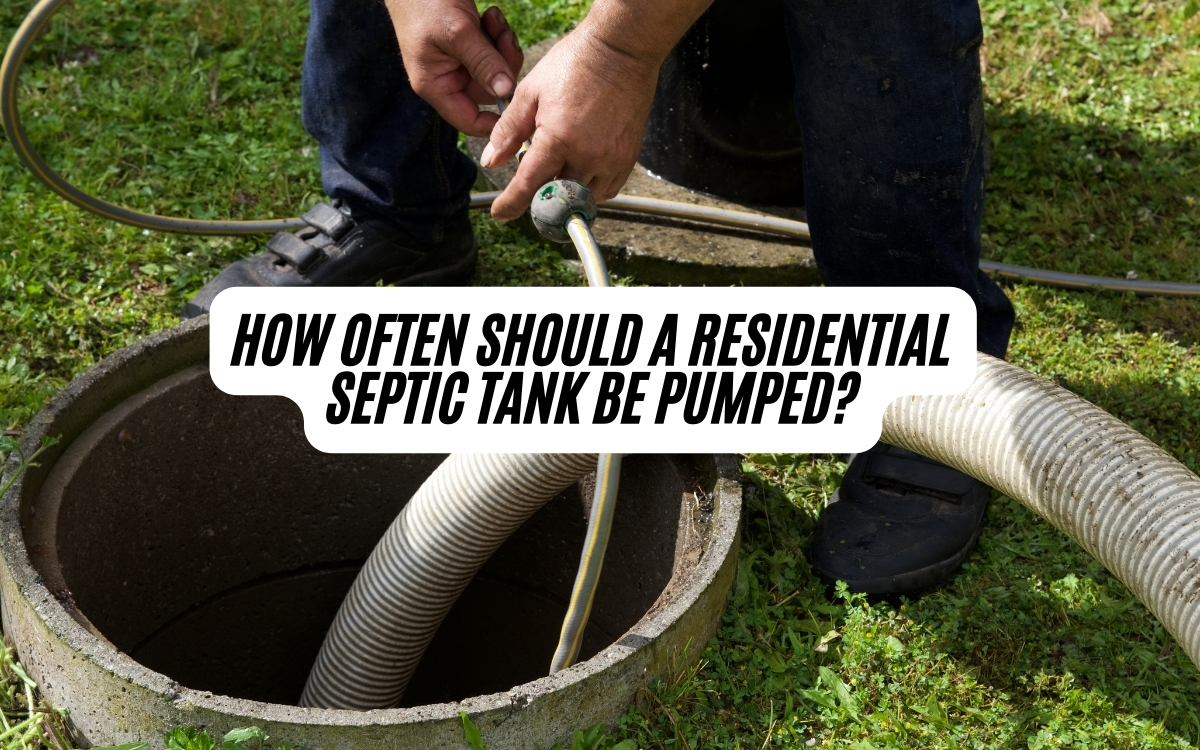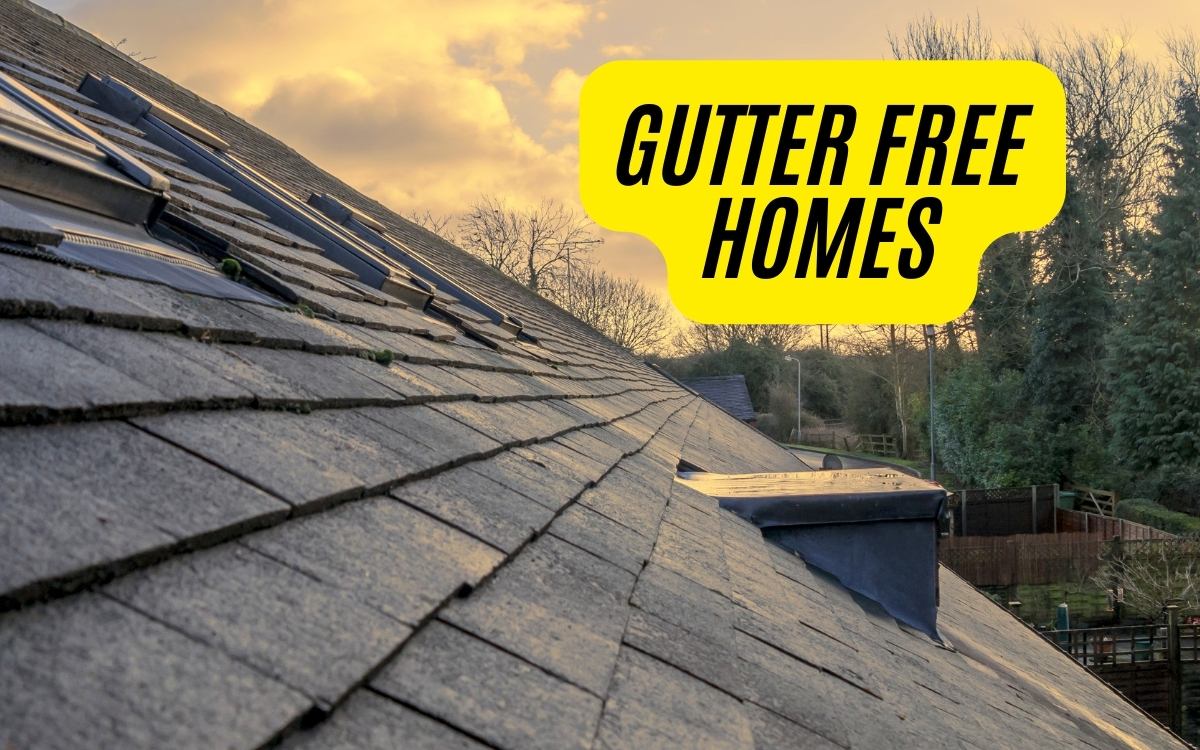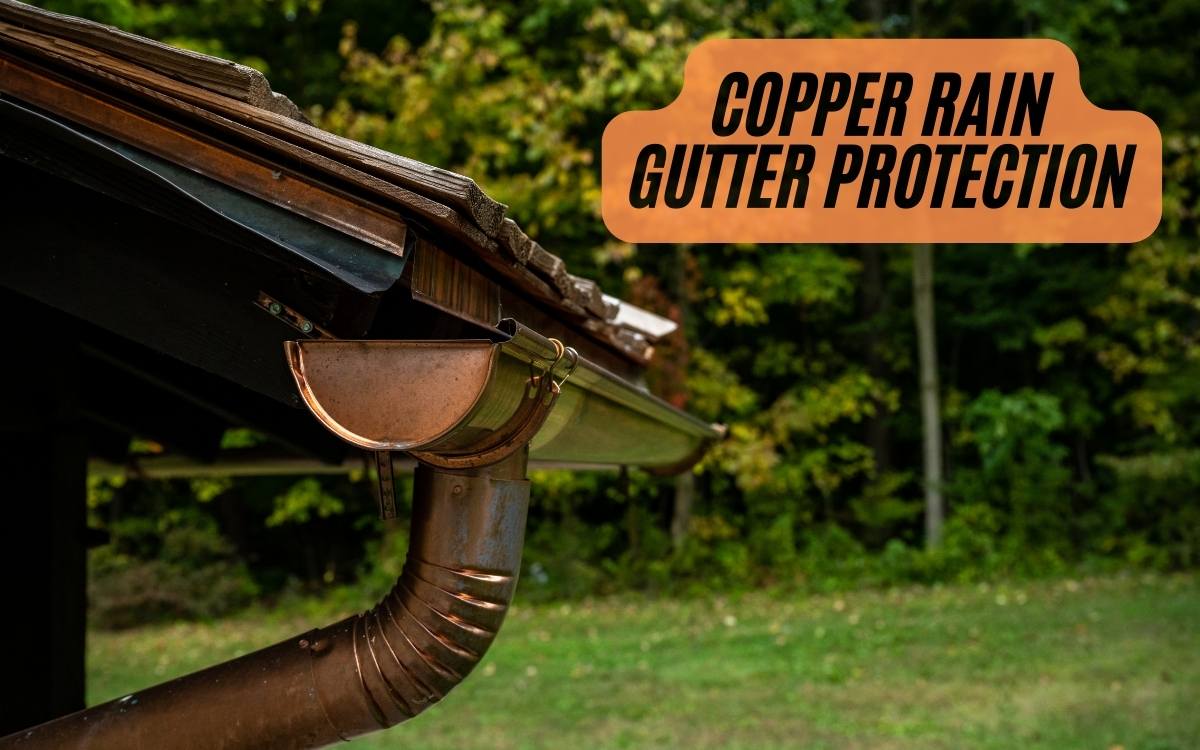Smart Homes Slash Energy Waste
Smart homes, equipped with innovative technologies and energy-efficient systems, offer a solution to the pressing concern of energy waste. By integrating efficient appliances, smart lighting systems, and adaptive thermostats, homeowners can substantially reduce energy consumption and lower their utility bills. Additionally, water-saving bathroom innovations and smart home technologies can yield substantial long-term savings. As the world moves towards a more sustainable future, adopting smart home solutions can not only reduce energy waste but also promote an eco-friendly lifestyle. By exploring these cutting-edge solutions, individuals can take a pivotal step towards a more environmentally conscious and cost-effective living space.
Efficient Appliances for Less Waste
With energy efficiency in mind, upgrading to the right appliances is a pivotal step in reducing waste and lowering energy bills in smart homes.
Selecting the best model by examining all options is essential, as replacing old, improperly working appliances with energy-efficient alternatives is recommended. ENERGY STAR-certified appliances use technology that reduces electricity usage.
The higher the efficiency rating, the more energy-efficient an appliance is. By upgrading to efficient appliances, homeowners can substantially reduce waste and lower their energy bills, ultimately contributing to a more sustainable future.
This liberates homeowners from the burden of unnecessary energy consumption, allowing them to enjoy their living space while being environmentally responsible.
Bright Ideas for Smart Lighting
Smart appliances are just one aspect of a thorough approach to energy efficiency in smart homes.
However, lighting is another vital area where smart technology can make a significant impact. Roughly 15% of monthly utility bills come from lighting, making it a prime target for optimization.
Smart lighting systems maximize savings through automation and scheduling, and efficient LED light bulbs can save over $200 annually. These bulbs can be controlled remotely through apps and even adjust their brightness based on the time of day or room occupancy using geofencing technology.
Thermostats That Learn and Adapt
Frequently, homeowners overlook a crucial aspect of their energy consumption: heating and cooling.
However, with smart thermostats, this oversight can be rectified. These innovative devices learn and adapt to individual temperature preferences, adjusting accordingly to reduce waste and save energy.
The Nest Learning Thermostat, for instance, programs itself based on heating and cooling patterns, eliminating the need for manual adjustments. By doing so, smart thermostats reduce energy consumption and save homeowners an average of 8% on their heating and cooling bills.
With remote control capabilities through mobile apps, homeowners can effortlessly optimize their temperature settings, ensuring a comfortable living space while minimizing energy waste.
Water-Saving Bathroom Innovations
Nearly 20 gallons of water are wasted daily in the average American household, with a significant portion of this waste attributed to inefficient bathroom fixtures.
Water-Saving Bathroom Innovations aim to conserve this precious resource. Dual-flush toilets control water usage per flush, reducing waste and saving up to 20,000 gallons annually.
Smart showers track and adjust flow based on needs, cutting hot water usage by up to 50%. These innovations not only benefit the environment but also reduce water bills.
Long-Term Savings and Benefits
Energy-conscious homeowners reap long-term rewards from their eco-friendly investments, as smart home technologies yield substantial savings over time.
By integrating energy-efficient appliances, smart lighting systems, and smart thermostats, homeowners can notably reduce their energy consumption and lower their utility bills. These savings can add up quickly, allowing homeowners to recoup their initial investment and enjoy long-term financial benefits.
Furthermore, smart homes not only reduce energy waste but also promote a sustainable lifestyle, which is essential for the environment. By embracing smart home technologies, homeowners can enjoy a comfortable living space while contributing to a greener future.
Frequently Asked Questions
Can I Still Use My Old Appliances With a Smart Home System?
While it’s possible to integrate old appliances with a smart home system, their energy-inefficient design may hinder the system’s overall energy-saving potential, making it recommended to replace them with ENERGY STAR-certified alternatives for maximum energy efficiency and cost savings.
Are Energy-Efficient Upgrades Eligible for Government Incentives?
Government incentives are available for energy-efficient upgrades, such as tax credits, rebates, and low-interest loans, encouraging homeowners to invest in eco-friendly solutions, like ENERGY STAR-certified appliances, smart thermostats, and low-flow fixtures, reducing energy waste and promoting sustainability.
How Do I Ensure My Smart Home Devices Are Secure From Hacking?
To guarantee smart home devices are secure from hacking, implement robust passwords, enable two-factor authentication, and regularly update firmware and software. Additionally, segregate devices on a separate network and monitor for suspicious activity to prevent unauthorized access.
Can I Integrate My Existing Home Automation Systems With New Devices?
To integrate existing home automation systems with new devices, assess compatibility between systems, guarantee standardized communication protocols, and consider professional installation or manufacturer guidance to seamlessly merge old and new technologies.
Do I Need Professional Installation for Smart Home Devices and Systems?
While professional installation is recommended for smart home devices and systems, some devices can be self-installed, depending on complexity and compatibility with existing systems; however, hiring a professional guarantees seamless integration and peak performance.



